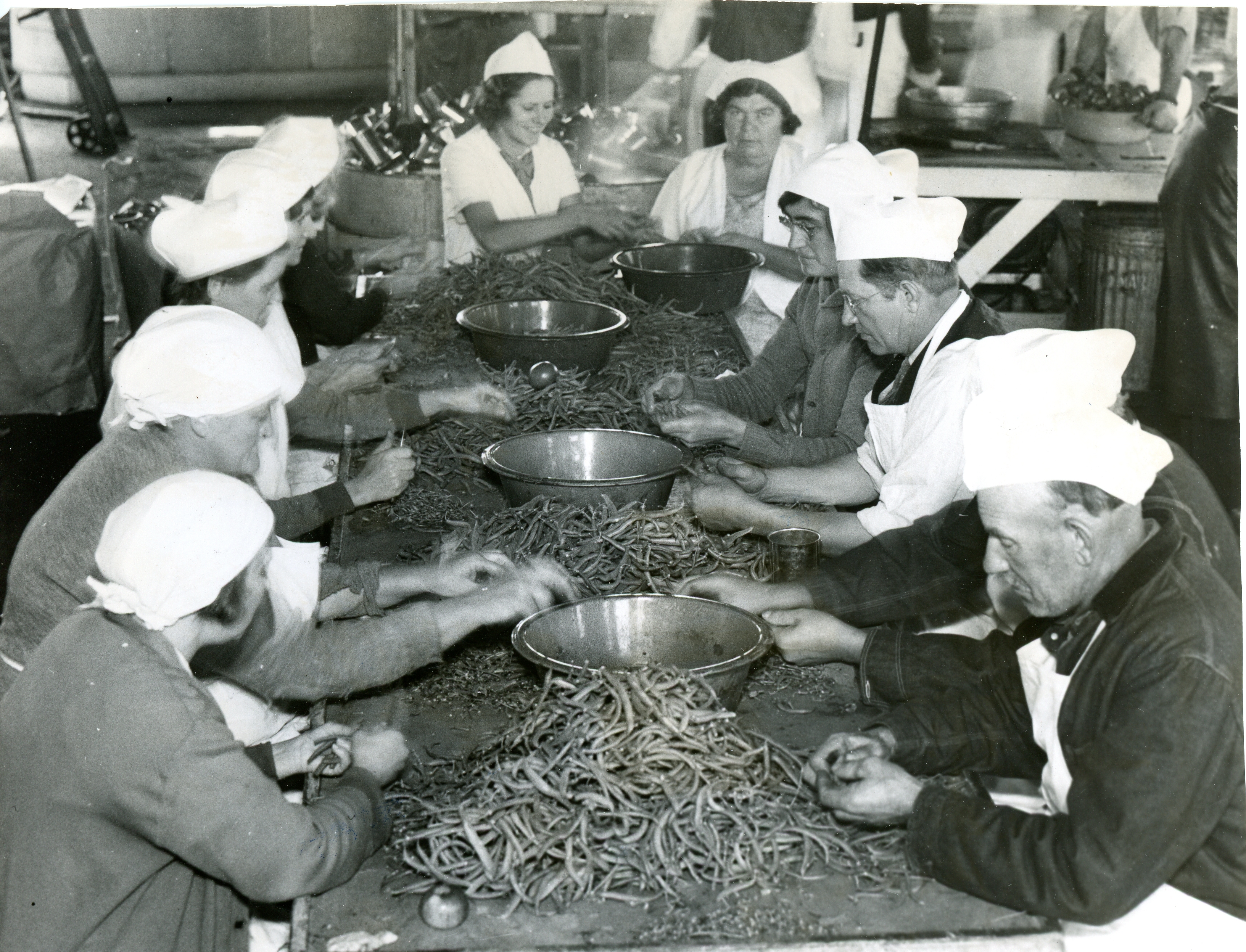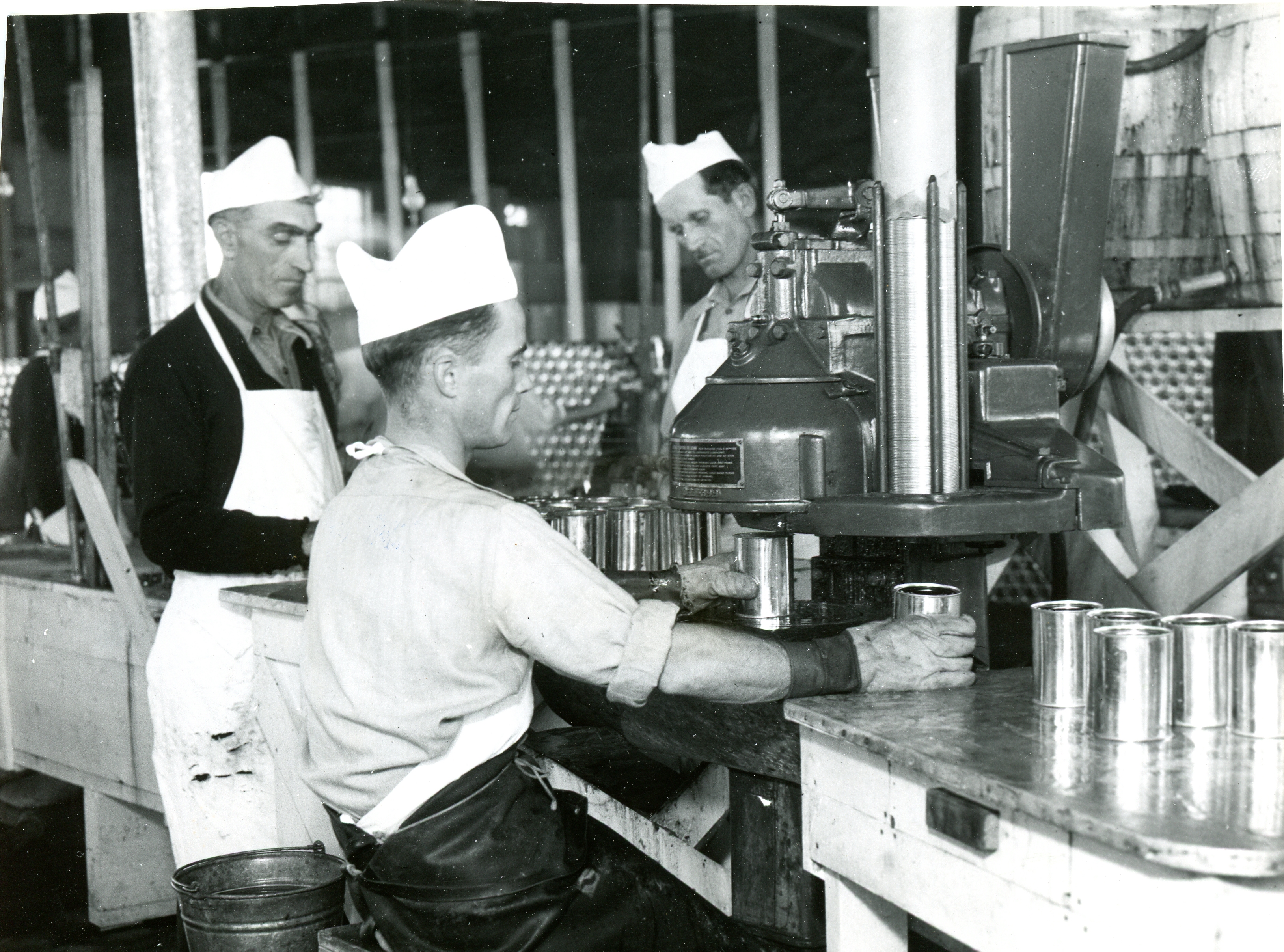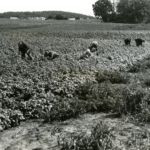August 14, 2018
 The State Emergency Relief Administrations (SERA) was established in 1933 to alleviate poor economic and work conditions caused by the Great Depression. The initial responsibilities of the SERA included the distribution of state and federal funds for unemployment relief and the provision of work relief—or temporary work in exchange for relief goods or emergency pay—to those in need. A common practice for SERA was the establishment and staffing of factories. Relief workers were typically the sole workers within these factories and were responsible for their functioning and management. The products of these factories were often used to aid local relief efforts.
The State Emergency Relief Administrations (SERA) was established in 1933 to alleviate poor economic and work conditions caused by the Great Depression. The initial responsibilities of the SERA included the distribution of state and federal funds for unemployment relief and the provision of work relief—or temporary work in exchange for relief goods or emergency pay—to those in need. A common practice for SERA was the establishment and staffing of factories. Relief workers were typically the sole workers within these factories and were responsible for their functioning and management. The products of these factories were often used to aid local relief efforts.
The Hopkins canning factory was one such factory. The factory was located at the Hennepin county fair grounds and operated entirely by SERA relief workers, many of them women. Workers were paid “with checks exchangeable for food and clothing or other necessary articles handled by the relief organization.” In September of 1934, 60 workers were employed inside the factory while another 40 were employed in the nearby vegetable field. With only about 100 workers at any given time, the factory produced upwards of 200,000 cans of vegetables in the canning season of 1934 and upwards of 250,000 cans in the canning season of 1935.
Tomato juice, swiss chard, and beans were some of the many canned products turned out by this factory. Vegetables for the factory were sourced from SERA gardens in Robbinsdale, Hopkins, Minnetonka, Golden Valley, Crystal, Richfield, Bloomington and St. Louis Park. In total, about 100 acres of land were planted with SERA crops to be canned at the Hopkins factory. These factory products were either sold back to the Federal government or given to the needy in neighboring Minnesota communities. SERA factory products were desirable to both the state and individual consumers as “the canned vegetables turned out by the Hopkins factory [were] given a 93 per cent score by the state dairy and food commission, making them an average fancy grade.”
SERA factories such as the Hopkins location fought to undue nearly two decades of agricultural and economic crisis in Minnesota. World War I had led to a period of prosperity for Minnesota farmers as the United States began to provide crops for war-torn Europe. As World War I drew to a close and crop production in Europe returned to normal, the demand for US exports fell and land values dropped steeply. Farmers were often left with costly surpluses and found it difficult to repay their loans, leading to a period of economic depression in Minnesota which is now known as the Agricultural Depression. This situation was worsened by the coming of the Great Depression. Families were unable to sustain themselves as they lost or could no longer afford their farms and were unable to find alternative employment.
The SERA was absorbed by the Works Progress Administration (WPA) in late 1935. Many projects, including the Hopkins canning factory, were phased out or converted to new projects as this change took place.

The images of the Hopkins SERA cannery can be found in the Hennepin History Museum Archives.
Written by Emma Celebrezze, Archive Volunteer


